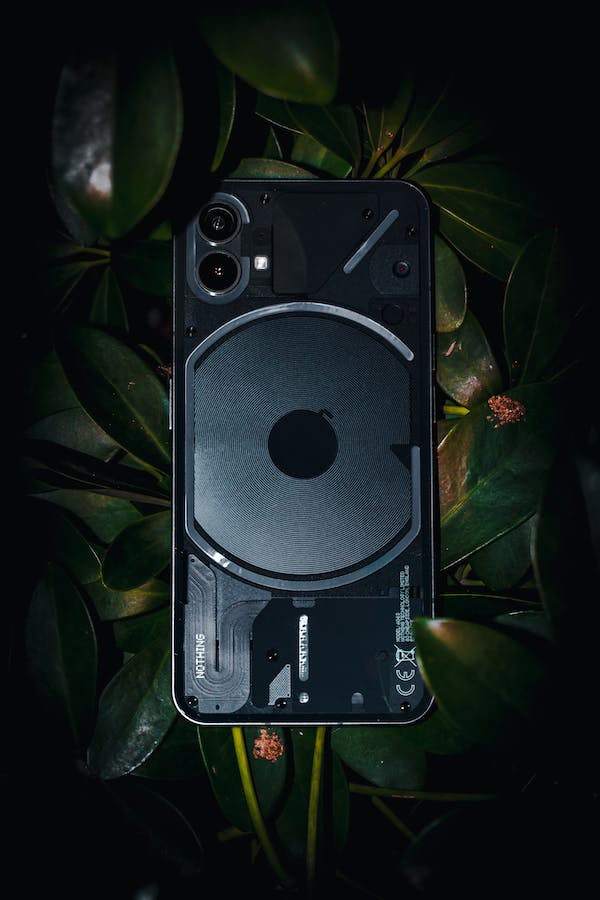From the piercing “”woop woop”” of classic cop cars to the futuristic wail of modern-day cruisers, police sirens have come a long way over the decades. These distinctive sounds are an essential part of law enforcement’s arsenal, serving as both an audible warning and a tool for clearing roads in emergency situations. In this blog post, we’ll explore how these iconic sound effects have evolved over time, from their humble beginnings to the advanced technology used today. So buckle up and get ready for a wild ride through the history of police sirens!
Early sirens were simple and not very effective
In the early days of law enforcement, police sirens were a far cry from the high-tech vehicles we see on our streets today. These early sirens were simple and not very effective at alerting drivers to an emergency situation.
One of the earliest types of police sirens was a mechanical siren that used a rotating drum with holes in it to create sound. As air passed through the holes, it created a distinctive wailing noise that could be heard for miles around.
However, these mechanical sirens had their limitations. They were heavy and cumbersome, making them difficult to mount on top of patrol cars. In addition, they didn’t produce enough volume or frequency variation to effectively cut through city noise.
To address these issues, electronic sirens were developed in the 1960s. These new devices used transistors and solid-state circuitry to create more complex sounds that could be heard over longer distances.
Despite their improvements over earlier models, however, electric sirens still had some drawbacks. For one thing, they often required bulky power supplies which added weight and complexity to patrol cars.
Even with their faults early police car’s siren systems still played an important role in helping officers get where they needed to go quickly and safely while alerting other drivers along the way
Modern sirens are much more effective

Modern sirens are designed to be much more effective in alerting drivers and pedestrians of emergency vehicles. One reason for this is the development of electronic sirens that produce a more distinct, attention-grabbing sound than older mechanical ones.
Electronic sirens can produce different tones and patterns that effectively communicate the urgency of an emergency situation. For example, newer police cars often use a “”woop woop”” sound effect that quickly catches people’s attention and alerts them to pull over or get out of the way.
In addition to improved sounds, modern sirens also have better speaker systems that allow for greater volume and projection. This means they can be heard from farther away, giving drivers and pedestrians more time to react appropriately.
Another key improvement in modern sirens is their ability to switch between different noise levels depending on the environment. For instance, if an ambulance is driving through a quiet residential area at night, its siren might automatically lower its volume so as not to disturb residents unnecessarily.
These advancements have made modern sirens much more effective tools for public safety agencies in responding to emergencies on our roads today.
How sirens work
Sirens serve as a warning to alert the public that emergency vehicles are approaching. They come in different types, including mechanical and electronic sirens. Regardless of the type, every siren works by producing sound waves that travel through the air.
The two main components of a siren are the driver and speaker. The driver sends an electrical current to the speaker, causing it to vibrate at high frequencies – this vibration creates sound waves which we hear as a loud noise.
One common type of police siren produces two distinct sounds: “”woop woop”” and “”hi-lo.”” These sounds alternate back and forth rapidly and catch people’s attention easily. Electronic sirens can produce even more complex patterns like wail, yelp or phaser tone.
In addition to creating different tones, modern sirens also have directional capabilities that allow them to project their sound farther in one direction than another. This feature helps emergency responders navigate traffic safely while still being heard by those who need to get out of their way quickly.
Sirens play an important role in keeping us safe on the roads by alerting drivers and pedestrians alike about approaching emergencies.
The different types of sirens
Police sirens come in a variety of types, each designed to serve a specific purpose. The most common type is the wail siren, which emits a long, rising and falling tone that can be heard from far away. This siren is typically used when police are responding to an emergency call or pursuing a suspect.
Another type of siren is the yelp siren, which produces quick bursts of sound that mimic the sound of a howling animal. This type of siren is often used to alert drivers who may not be paying attention or are otherwise distracted on the road.
In recent years, some police departments have begun using what’s known as the hi-lo or two-tone siren. This type of siren alternates between high and low tones at regular intervals and has been shown to be effective at grabbing people’s attention.
There are also air horn sirens that produce loud blasts similar to those produced by train horns. These types of sirens are generally only used in situations where there is an immediate danger present and it’s important for everyone nearby to hear the warning signal.
Regardless of which type of siren they use, police officers rely heavily on these devices to help them get through traffic safely and quickly while responding to emergencies.
How police use sirens
Police sirens are a crucial tool in law enforcement. They serve as an audible warning to pedestrians and other drivers that emergency vehicles are approaching, allowing them to move out of the way.
The sound of police sirens is designed to be attention-grabbing and easily recognizable, even from a distance. This is why many police cars use the classic “”woop woop”” siren sound effect, which has remained popular for decades.
In addition to using their sirens when responding to emergencies, police officers also may use them during routine traffic stops or when pursuing suspects. The goal is always to get people’s attention and make sure they know that law enforcement is nearby.
However, it’s important for police officers to use their sirens responsibly. Overuse of sirens can lead to noise pollution complaints and create unnecessary panic among members of the public who may not understand what’s happening.
Proper usage of police sirens can help keep both law enforcement officials and civilians safe on the roadways.
The history of police sirens
The history of police sirens dates back to the early 1900s when police departments began using motorized vehicles. Initially, they used simple mechanical devices like bells and whistles for communication purposes. However, as roads became more crowded throughout the decades, a more effective way was needed.
In the late 1940s, electronic sirens were introduced that produced a loud and piercing sound with varying tones that could alert people from afar. These new kinds of sirens were much louder than their predecessors which helped catch the attention of drivers and pedestrians alike.
During the 1970s and 1980s, two types of siren sounds emerged: The traditional “”yelp”” or high-pitched wail accompanied by a low-frequency warble known as “”hi-lo””. In recent years however, there have been newer models specifically designed to emit different frequencies to penetrate through buildings or thick traffic.
Nowadays you can hear many different types of police sirens on patrol cars around your neighbourhood – from the classic American siren’s “woop woop” sound effect to modern digital mp3 versions. Police departments continue to use these audible warning systems not only in emergency situations but also for public safety during events such as parades or festivals.
Conclusion
The sound of a police siren is an iconic and instantly recognizable signal that has changed over time to become more effective and efficient. With the advancement in technology, sirens have come a long way from their humble beginnings as simple mechanical devices. Nowadays, they utilize sophisticated electronics to produce various sounds that can alert drivers on the road.
It’s important for all motorists to recognize and respond appropriately when they hear a police siren sound effect woop woop or any other emergency vehicle siren. As we move into the future, it will be interesting to see how this crucial piece of law enforcement equipment continues to evolve.
Whether you’re driving down the highway or walking through your neighborhood, hearing a police siren can be both alarming and reassuring at the same time. So next time you hear one approaching, take a moment to appreciate how far these life-saving devices have come since their invention so many years ago!
“




